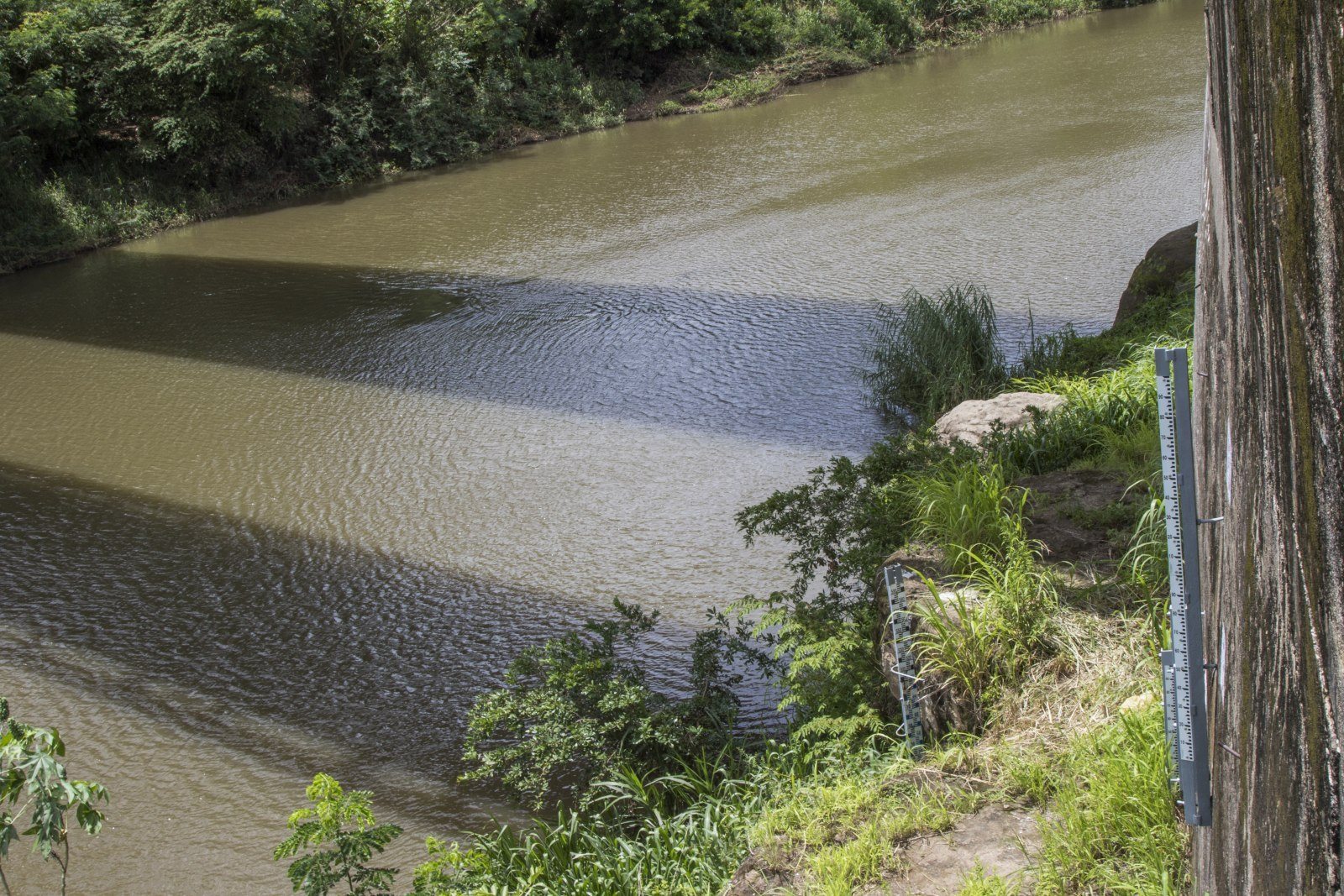
Alfonso García gives one more push of the pedals to roll towards a lottery stand and leaves his bicycle along the edge of the sidewalk. He has refused to sell the bike on an infinite number of occasions. It’s been with him for 43 years and it’s a memento handed down to him by his late brother.
Much like Alfonso’s bike, many others spend the day tied to gates, posts or the front of businesses, like horses tied up and waiting for their cowboys.
“I use it to get to work at the Santa Cruz city hall or to run errands. I only take the car out when it rains,” Alfonso says, pointing proudly at his bicycle, which is conserved with almost all its original parts.
The relationship between Alfonso and his bicycle comes from his need for a means of transport, like hundreds of other Guanacastecans. But there also seem to be cultural aspects at play. Why does it seem that Guanacastecans are inseparable from the bicycles?

The relationship with the bicycle starts at an early age. There are far-away and hard-to-reach communities that require travel in order to study. Photo: César Arroyo
Money, Tradition, and Plains
The flat topography of the zone and the low cost of a bike are the main reasons for using a bicycle. That’s what Pedro Villalobos thinks. He was born in Puntarenas and has lived 50 years in downtown Nicoya. He’s been biking for 40 years.
“I use it in the first place for the economy of it”, says Pedro, who assures that he would feel less alive at his age if it weren’t for the bicycle. “I ride about 20 kilometers around Nicoya. If I had to pay for a taxi, how much would that cost?”

“The last weekend of each month, I use the bicycle to tour Corralillo, Nambí, Sabana Grande or Mansión for recreation with five other senior citizen friends,” says Pedro Villalobos, 68. Photo: César Arroyo
Infrastructure
For many, a chain and lock and the metal door of a store is enough to not worry about their bicycle, but there are those who think that conditions should be improved.
Mobility expert Andrea San Gil believes that, beyond bike lanes, parking spaces should be considered. “The limiting factor isn’t just how to get there, but also where to leave the bike,” says San Gil.

Carlos Moreno, 26, travels this stretch alongside Route 21, a main highway with heavy traffic flow, in order to take his son to school. One of the biggest challenges for Guanacaste and the entire country is building infrastructure that signifies all means of transport. Photo: César Arroyo
She added that there also needs to be a change in what is considered “cool” and what defines success, such as having a car. She said that in Guanacaste we shouldn’t wait for traffic to get worse in order to eliminate these paradigms.
If infrastructure gives full priority to vehicles for people with the greatest purchasing power, then it doesn’t have a focus on social justice”. Andrea San Gil, mobility expert.
Government efforts are barely visible. The 16-kilometer bike lane between communities 27 de Abril and Villarreal in Santa Cruz is among the few that can be seen.

Erick Rosales, 22, trains road cycling every day, after herding the cows at 7 am. with his brother Steven, 19. Foto: César Arroyo
Nicoya City Hall hopes to install parking meters next year in order to finance the construction of bike lanes and bicycle parking spaces.
On other towns in the province, like Abangares and Carrillo, there are no plans to build bike lanes any time soon.

Leonor Cordero Campos, 36 years old, travels between five and six kilometers on bike every day to drop off and pick up his daughters from school.
Foto: César Arroyo
The director of projects for the National Roadway Council, Roy Rojas, said that they don’t have plans for Guanacaste at the moment.
The accelerated growth of cities in the center of the country has already shown us Guanacastecans the path we shouldn’t take. The good news is that Guanacaste has already mounted the solution, it just needs to keep pedaling.

As the city fills up with cars the bicycle becomes less common. It’s a trend that seems to repeat itself in many parts of the country, including Nicoya.
Foto: César Arroyo







Comments